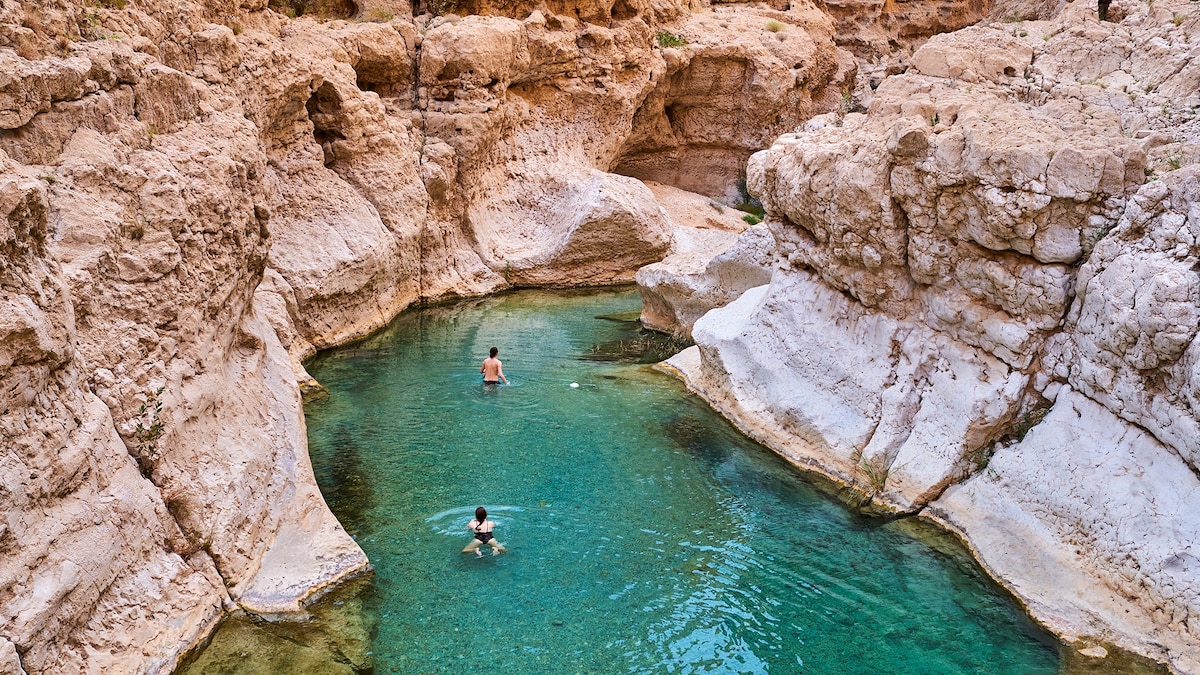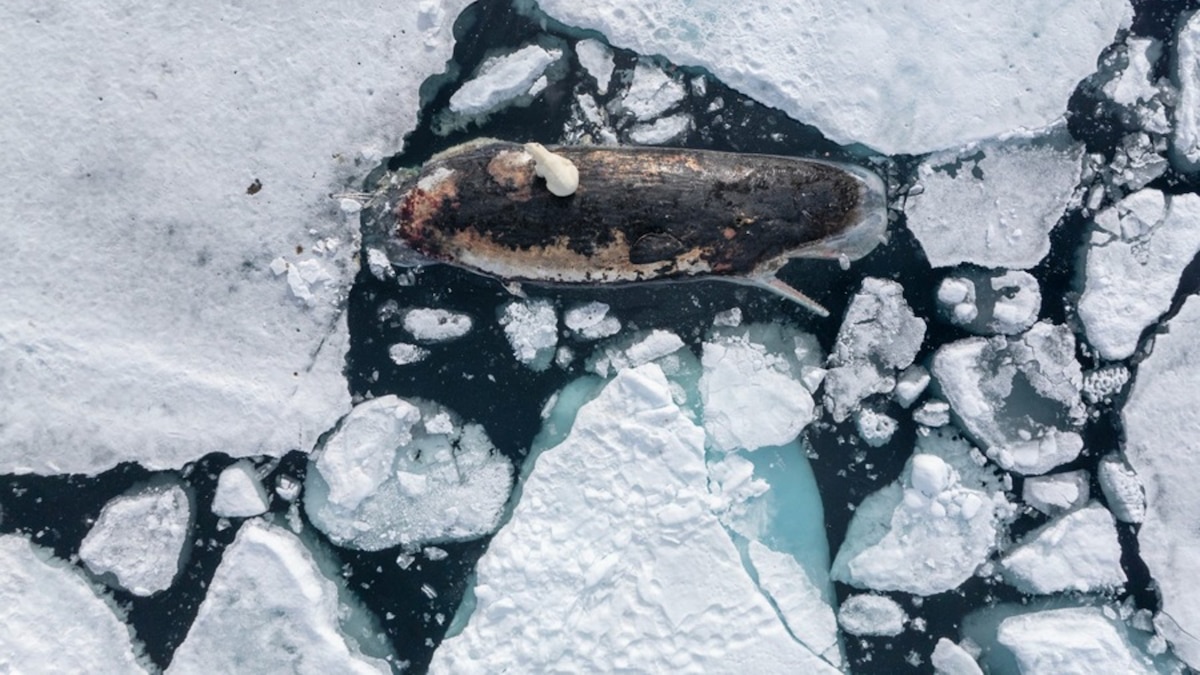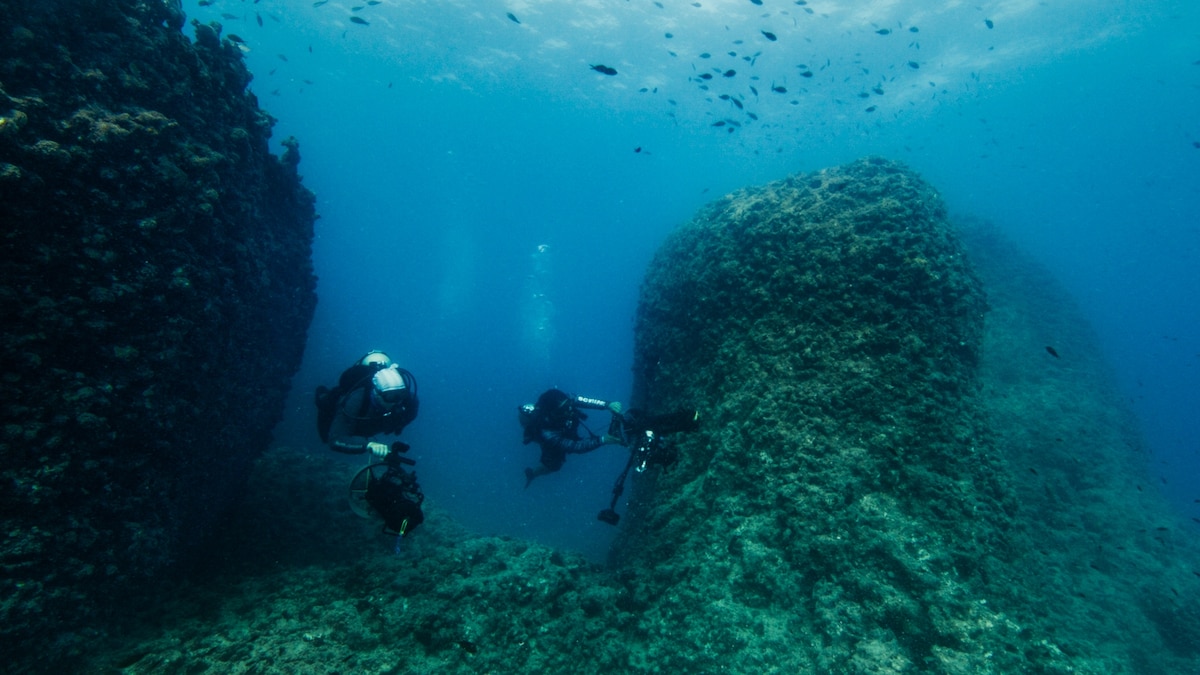Now Reading: Exploring Oman’s Wadis: A Complete Guide
-
01
Exploring Oman’s Wadis: A Complete Guide
Exploring Oman’s Wadis: A Complete Guide

Quick Summary
- Oman Overview: Known for its safety, hospitality, and rugged landscapes, Oman is an emerging destination for solo travelers.
- what are Wadis?: In Arabic, “wadi” refers to a valley or rocky river gorge in Oman. These natural pools offer activities like swimming, hiking, rock climbing, and abseiling.
- Exploration method: The best way to explore wadis is via a road trip with a rented 4WD vehicle due to limited public transport access.
- Ideal Time: october-March is the optimal visiting period due to milder weather.
- Top Wadsi Recommendations in Oman:
– Wadi Bani Khalid: Accessible with family-friendly amenities; features emerald-green water and waterfalls.
– Wadi Shab: Short boat ride followed by a trek; known for its hidden caves and waterfall pools.
– Wadi Al Arbeieen: Secluded wadi requiring some off-road navigation; suitable for adventure sports enthusiasts like cliff-jumping.- Wadi Tiwi: Lush setting with trekking through mountainous terrain leading to turquoise waters and waterfalls.
– Wadi Bimah: Also called Snake Canyon; favored by canyoning enthusiasts with various routes demanding guides.
Indian Opinion Analysis
Oman’s unique wadis present an engaging case study of sustainable tourism in the Middle East compared to neighboring regions dominated by luxury-centric attractions such as Dubai’s marinas or resorts.For India-located relatively close geographically-this offers insights into promoting eco-adventurous travel that honors natural heritage while balancing accessibility concerns.Indian tourists could gain from Oman’s well-strategized seasonal travel recommendations (e.g., October-March), mirroring approaches taken across India’s own diverse terrains (e.g., Ladakh’s restricted high-altitude months). With increasing numbers of Indian female solo travelers prioritizing safety in destinations abroad,Oman’s emphasis on secure tourism frameworks presents an aspirational benchmark worth noting within Indian contexts.


























